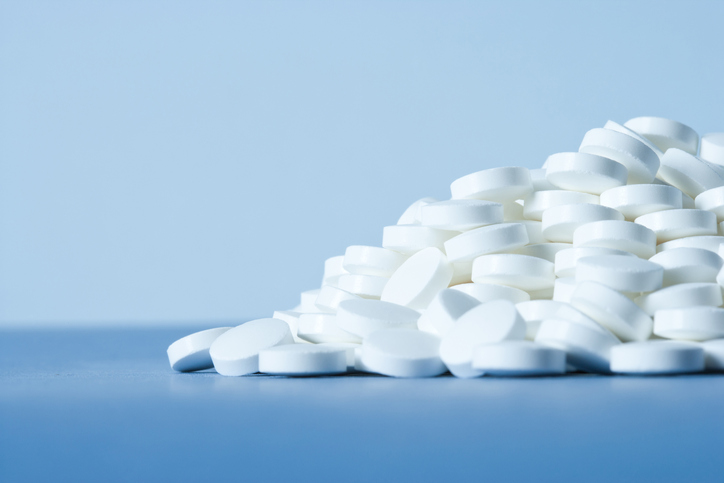
In the early days of the pandemic, there were concerns that Covid-19 would slow activity in the biopharmaceutical sector. That was true, at first. But Covid-19 drug, and vaccine research sparked a resurgence in research, a rise that extended beyond the prospective pandemic products.
Research from IQVIA’s Institute for Human Data Science shows a rise in a range of indicators for the biopharmaceutical industry. The findings were outlined in a new global trends report released last week.
“Concerns that the pandemic would slow down innovation have not been confirmed,” Murray Aitken, IQVIA senior vice president and executive director of the IQVIA Institute for Human Data Science, said in the announcement of the report. “On the contrary, the pandemic has accelerated biopharmaceutical innovation.”
IQVIA, an analytics and clinical research organization with dual headquarters in Durham, North Carolina and Danbury, Connecticut, tallies 84 novel active substances launched in 2021. That description covers both small molecules and biological substances, and the total is double the number of product launches from five years ago.
Clinical development productivity, which is IQVIA’s measure of the success of novel molecules in clinical trials, fell across all disease areas in 2021, except for vaccines and cardiovascular. The lower success rate is due to the tougher clinical challenges taken on by drug companies, the report said. The lower success rate in recent years has been offset by a higher volume of experimental drugs in development. That’s why, despite this lower productivity, the industry was able to achieve a higher number of new drug approvals and launches.

A Deep-dive Into Specialty Pharma
A specialty drug is a class of prescription medications used to treat complex, chronic or rare medical conditions. Although this classification was originally intended to define the treatment of rare, also termed “orphan” diseases, affecting fewer than 200,000 people in the US, more recently, specialty drugs have emerged as the cornerstone of treatment for chronic and complex diseases such as cancer, autoimmune conditions, diabetes, hepatitis C, and HIV/AIDS.
There are currently more than 6,000 products in active development, a 68% increase compared to 2016, according to IQVIA. This activity shows that the life sciences sector continues to invest in and advance new therapies and vaccines across a wide range of diseases despite the pandemic disruptions, the report said. The therapeutic areas seeing the most growth are oncology, gastrointestinal disorders, and neurology. IQVIA points to the FDA’s accelerated approval of Biogen Alzheimer’s disease drug Aduhelm as a catalyst for growth in neurology drug research. Most of the neurology research is for Alzheimer’s and Parkinson’s disease.
Within oncology, more than 40% of products in the pipeline are for rare cancers addressed by next-generation treatments, such as cell and gene therapies. Growth in infectious diseases and vaccines research has been driven largely by Covid-19 related products, IQVIA said.
IQVIA counts more than 3,000 life sciences companies and organizations involved in R&D work. The research is becoming less U.S. centric. The U.S. still accounts for 44% of the research pipeline, but that share, and the share of other Western markets is falling. Companies based in China now comprise 12% of the companies working on this pipeline, up from 2% a decade ago, according to the report. Europe’s share has fallen to 25% while Japan’s is 6%.
More of this research is coming from emerging companies (defined by IQVIA as those with less than $200 million in R&D expenses and annual revenue under $500 million). Those companies accounted for 65% of molecules in the R&D pipeline, up from less than half five years ago. About 46% of these molecules are from North American companies; 20% are from European companies. But both regions have lost share in the past five years while China has gained share, now accounting for 17% of the total pipeline.
The cash splashed across all of this drug research is on the rise. IQVIA reports more than 2,000 deals in 2021 representing total deal value exceeding $45 billion. The Asia-Pacific region’s mark is evident on this measure as well, with companies based in China taking on a greater share of these deals.
Photo: Martin Barraud, Getty Images













